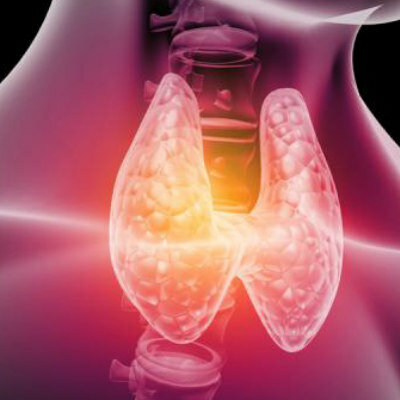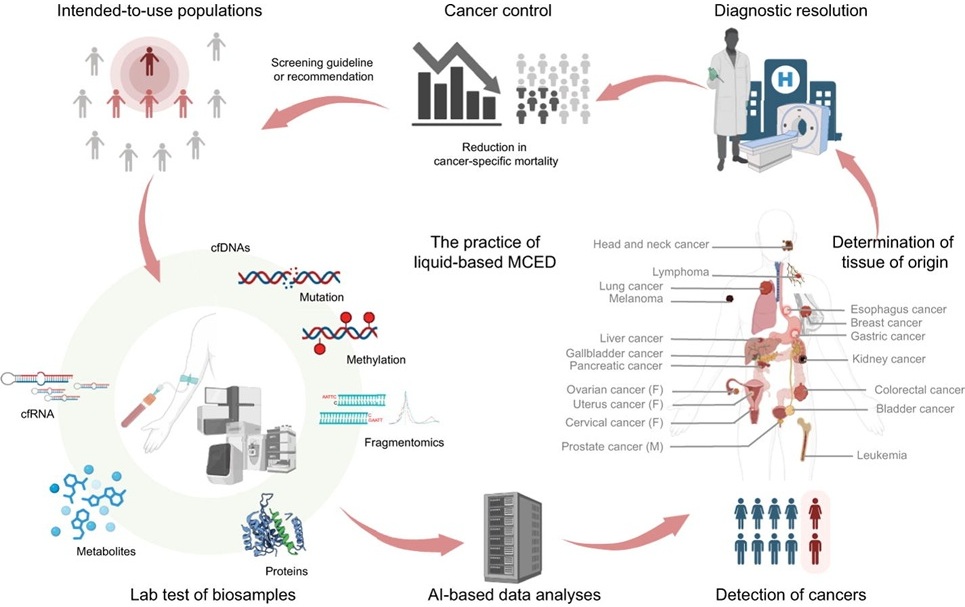Impact of Preanalytical Factors on Calprotectin Concentration in Stool
|
By LabMedica International staff writers Posted on 29 Dec 2022 |
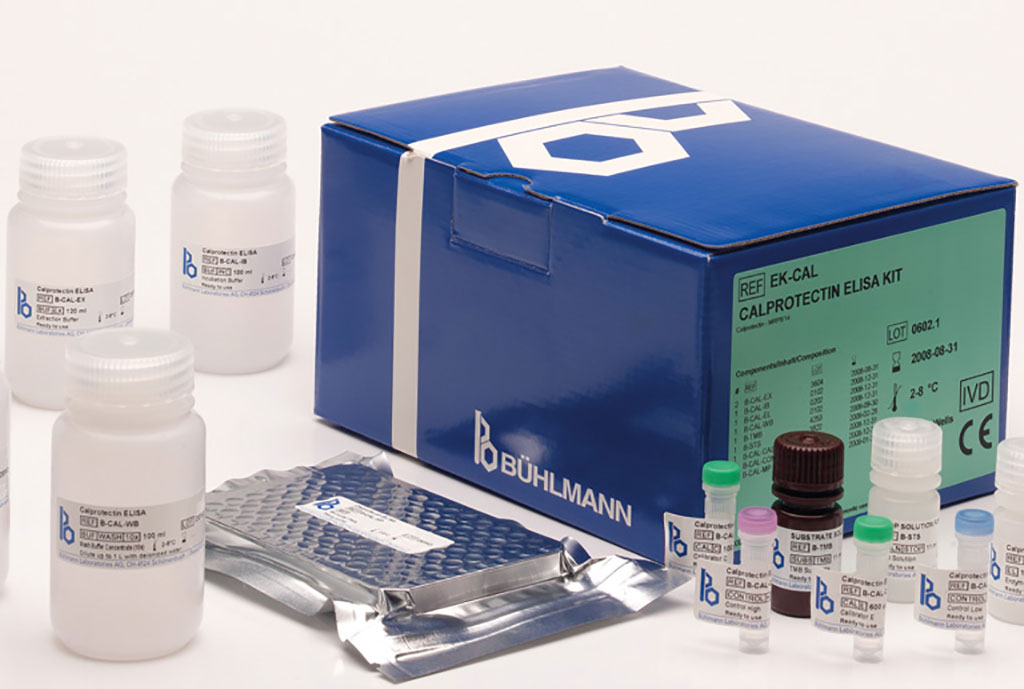
In inflammatory bowel disease (IBD), fecal calprotectin measurement is increasingly important in selecting patients for diagnostic endoscopy, monitoring of disease activity, and evaluation of treatment response.
Calprotectin is a calcium-binding protein mainly produced in neutrophils. It is said to be resistant to bacterial degradation in the colon, and the literature almost unanimously states that calprotectin is stable up to seven days at room temperature without preservation buffer.
Clinical Chemists at the University Medical Center Groningen (Groningen, The Netherlands) and their colleagues from other institutions evaluated the impact of pre-analytical storage conditions on reliability of calprotectin testing using five different calprotectin immunoassays. The scientists distributed 45 frozen anonymized feces aliquots among the three participating centers. They assessed the calprotectin concentration over time under four conditions, including (a) untreated native stool stored at room temperature (NRT), (b), stool extract stored at room temperature, (c), untreated native stool stored at 4 °C, and (d), stool extract stored at 4 °C.
The five assays were: the Bühlmann fCAL turbo test (Bühlmann Laboratories AG, Schönenbuch Switzerland) is a particle-enhanced turbidimetric immunoassay performed on a COBAS 6000 e501 (Roche Diagnostics, Rotkreuz. Switzerland); the Bühlmann fCAL enzyme-linked immunosorbent assay (ELISA; Bühlmann Laboratories AG) is a sandwich-based ELISA performed and analyzed using a DS2 Dynex ELISA robot (Dynex, Chantilly, VA, USA); the CALliaGold test (Sentinel CH, Milan Italy) is a particle-enhanced turbidimetric immunoassay (PETIA) and analysis was performed using a SENTiFIT 270 Analyzer (Sysmex Europe SE, Norderstedt, Germany).
The other two assays were the EliA Calprotectin test which is a fluorescence enzyme immunoassay and the analysis was performed using the Phadia 250 (Thermo Fisher Scientific, Waltham, MA, USA); and the QUANTA Flash Calprotectin (Inova Diagnostics , San Diego, CA, USA) a chemiluminescent immunoassay and the analysis was performed on BIO FLASH (Werfen, Bedford, MA, USA).
The investigators reported that Calprotectin concentrations declined over time under all pre-analytical conditions with all assays, except for extracted feces stored at 4 °C. The rate of decline was greatest in untreated stool kept at room temperature, reaching significant difference from baseline already after one day. In extracted feces kept at room temperature, significant difference from baseline was reached after two days, and in untreated feces at 4 °C, after four days. However, the results differed significantly between assays. After four days of storage at room temperature, the mean calprotectin decline from baseline differed between 30% and 60%, dependent on the assay used. In most, but not for all samples, the CALiaGold assay produced the highest calprotectin levels, and the QUANTA flash assay, the lowest calprotectin levels.
The authors conclude that fecal calprotectin concentration in stool samples declines over time, and the rate of decline is greater at higher temperatures. In extracted feces stored at 4 °C, calprotectin is the most stable. It is assay-dependent how long extracted feces stored at 4 °C give reliable test results. The study was published in the November 2022 issue of The Journal of Applied Laboratory Medicine.
Related Links:
University Medical Center Groningen
Bühlmann Laboratories
Roche Diagnostics
Dynex
Sentinel CH
Sysmex
Thermo Fisher Scientific
Inova Diagnostics
Werfen
Latest Immunology News
- Evolutionary Clinical Trial to Identify Novel Biomarker-Driven Therapies for Metastatic Breast Cancer
- Groundbreaking Lateral Flow Test Quantifies Nucleosomes in Whole Venous Blood in Minutes
- World’s First Clinical Test Predicts Best Rheumatoid Arthritis Treatment
- Blood Test Detects Organ Rejection in Heart Transplant Patients
- Liquid Biopsy Approach to Transform Diagnosis, Monitoring and Treatment of Lung Cancer
- Computational Tool Exposes Hidden Cancer DNA Changes Influencing Treatment Resistance
- New Tool Detects Breast Cancer Relapses Five Years in Advance
- T Cells in Blood Can Detect Parkinson's Years Before Diagnosis
- POC Diagnostic Platform Performs Immune Analysis Using One Drop of Fingertip Blood
- Treatment Switching Guided by Liquid Biopsy Blood Tests Improves Outcomes for Breast Cancer Patients
- First-Of-Its-Kind Device Profiles Newborns' Immune Function Using Single Blood Drop
- Stem Cell Test Predicts Treatment Outcome for Patients with Platinum-Resistant Ovarian Cancer
- Machine Learning-Enabled Blood Test Predicts Immunotherapy Response in Lymphoma Patients
- Post-Treatment Blood Test Could Inform Future Cancer Therapy Decisions
- Cerebrospinal Fluid Test Predicts Dangerous Side Effect of Cancer Treatment
- New Test Measures Preterm Infant Immunity Using Only Two Drops of Blood
Channels
Clinical Chemistry
view channel
New Clinical Chemistry Analyzer Designed to Meet Growing Demands of Modern Labs
A new clinical chemistry analyzer is designed to provide outstanding performance and maximum efficiency, without compromising affordability, to meet the growing demands of modern laboratories.... Read more
New Reference Measurement Procedure Standardizes Nucleic Acid Amplification Test Results
Nucleic acid amplification tests (NAATs) play a key role in diagnosing a wide range of infectious diseases. These tests are generally known for their high sensitivity and specificity, and they can be developed... Read moreMolecular Diagnostics
view channel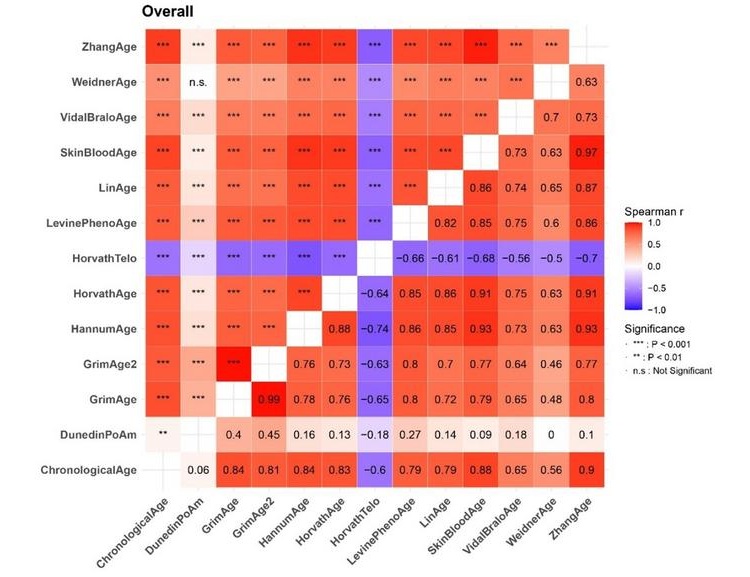
DNA Methylation Signatures of Aging Could Help Assess Mortality Risk
Aging is associated with the progressive degeneration and loss of function across multiple physiological systems. Chronological age is the most common indicator of aging; however, there is significant... Read more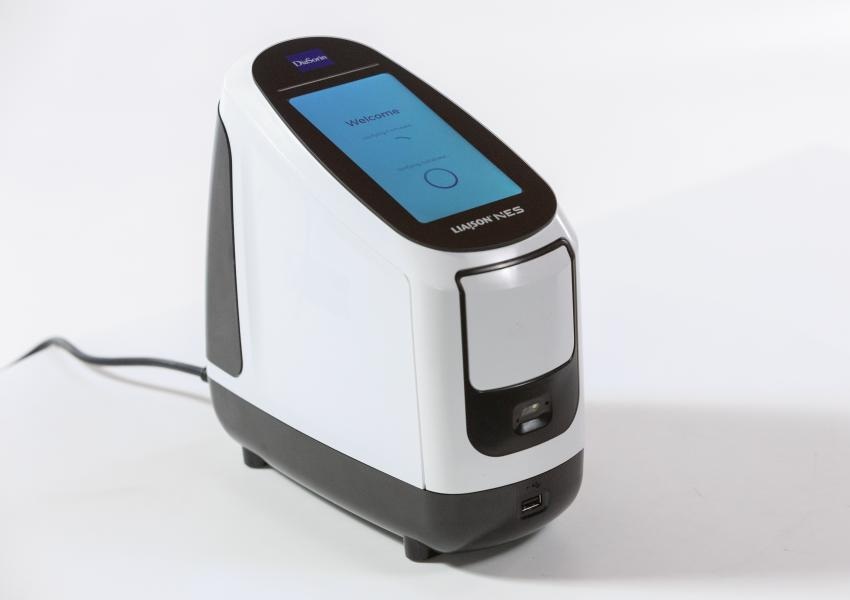
Molecular Diagnostics System Provides Lab-Quality Results at POC
Currently, there is a need for a comprehensive molecular diagnostics ecosystem that enables effective diagnostic stewardship, providing the diagnostic tools to offer the right tests, for the right patient,... Read moreHematology
view channel
Disposable Cartridge-Based Test Delivers Rapid and Accurate CBC Results
Complete Blood Count (CBC) is one of the most commonly ordered lab tests, crucial for diagnosing diseases, monitoring therapies, and conducting routine health screenings. However, more than 90% of physician... Read more
First Point-of-Care Heparin Monitoring Test Provides Results in Under 15 Minutes
Heparin dosing requires careful management to avoid both bleeding and clotting complications. In high-risk situations like extracorporeal membrane oxygenation (ECMO), mortality rates can reach about 50%,... Read moreMicrobiology
view channel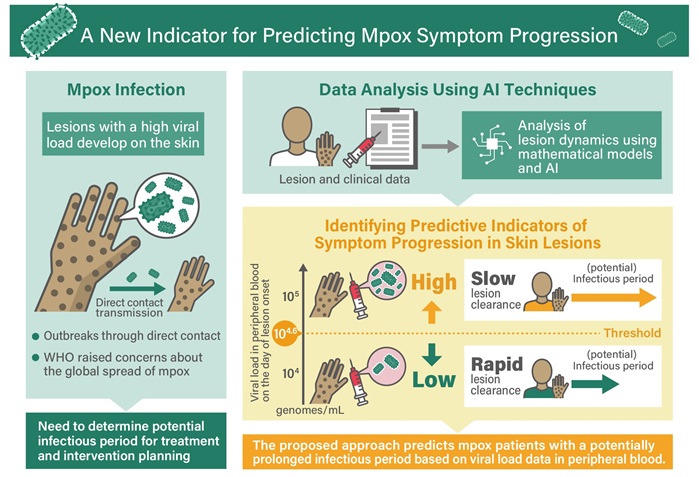
Viral Load Tests Can Help Predict Mpox Severity
Mpox is a viral infection that causes flu-like symptoms and a characteristic rash, which evolves significantly over time and varies between patients. The disease spreads mainly through direct contact with... Read more
Gut Microbiota Analysis Enables Early and Non-Invasive Detection of Gestational Diabetes
Gestational diabetes mellitus is a common metabolic disorder marked by abnormal glucose metabolism during pregnancy, typically emerging in the mid to late stages. It significantly heightens the risk of... Read morePathology
view channel
AI Accurately Predicts Genetic Mutations from Routine Pathology Slides for Faster Cancer Care
Current cancer treatment decisions are often guided by genetic testing, which can be expensive, time-consuming, and not always available at leading hospitals. For patients with lung adenocarcinoma, a critical... Read more
AI Tool Enhances Interpretation of Tissue Samples by Pathologists
Malignant melanoma, a form of skin cancer, is diagnosed by pathologists based on tissue samples. A crucial aspect of this process is estimating the presence of tumor-infiltrating lymphocytes (TILs), immune... Read more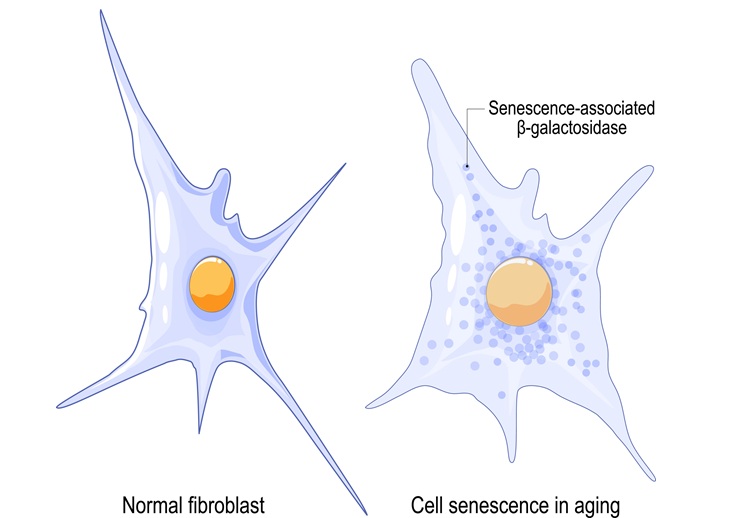
AI-Assisted Technique Tracks Cells Damaged from Injury, Aging and Disease
Senescent cells, which stop growing and reproducing due to injury, aging, or disease, play a critical role in wound repair and aging-related diseases like cancer and heart disease. These cells, however,... Read more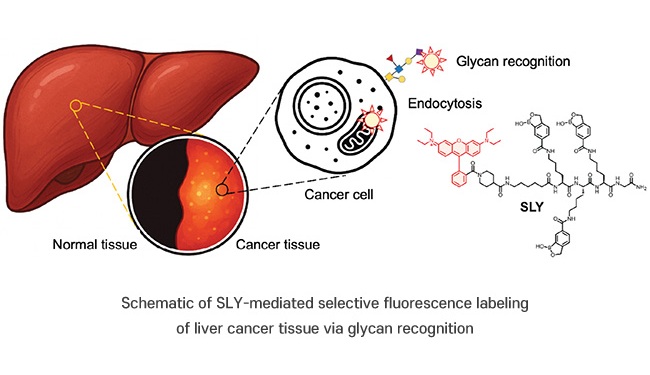
Novel Fluorescent Probe Shows Potential in Precision Cancer Diagnostics and Fluorescence-Guided Surgery
Hepatocellular carcinoma (HCC), a common type of liver cancer, is difficult to diagnose early and accurately due to the limitations of current diagnostic methods. Glycans, carbohydrate structures present... Read moreTechnology
view channel
Multifunctional Nanomaterial Simultaneously Performs Cancer Diagnosis, Treatment, and Immune Activation
Cancer treatments, including surgery, radiation therapy, and chemotherapy, have significant limitations. These treatments not only target cancerous areas but also damage healthy tissues, causing side effects... Read more
Ultra-Sensitive Biosensor Based on Light and AI Enables Early Cancer Diagnosis
Cancer diagnosis is often delayed due to the difficulty in detecting early-stage cancer markers. In particular, the concentration of methylated DNA in the bloodstream during the early stages of cancer... Read moreIndustry
view channel
Quanterix Completes Acquisition of Akoya Biosciences
Quanterix Corporation (Billerica, MA, USA) has completed its previously announced acquisition of Akoya Biosciences (Marlborough, MA, USA), paving the way for the creation of the first integrated solution... Read more
Lunit and Microsoft Collaborate to Advance AI-Driven Cancer Diagnosis
Lunit (Seoul, South Korea) and Microsoft (Redmond, WA, USA) have entered into a collaboration to accelerate the delivery of artificial intelligence (AI)-powered healthcare solutions. In conjunction with... Read more







